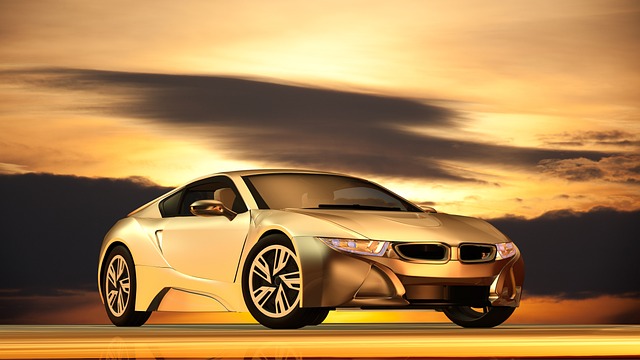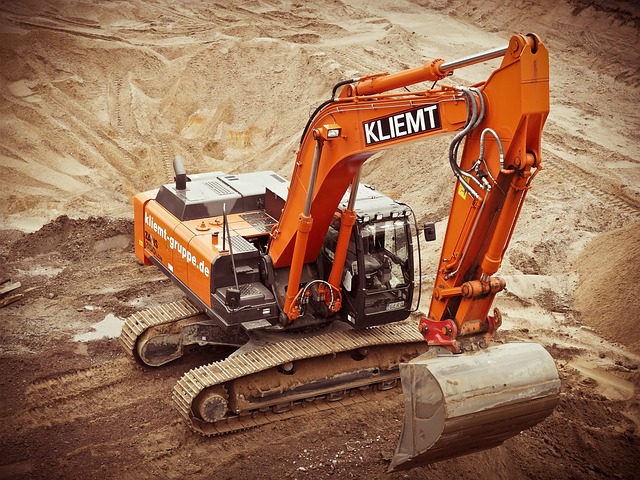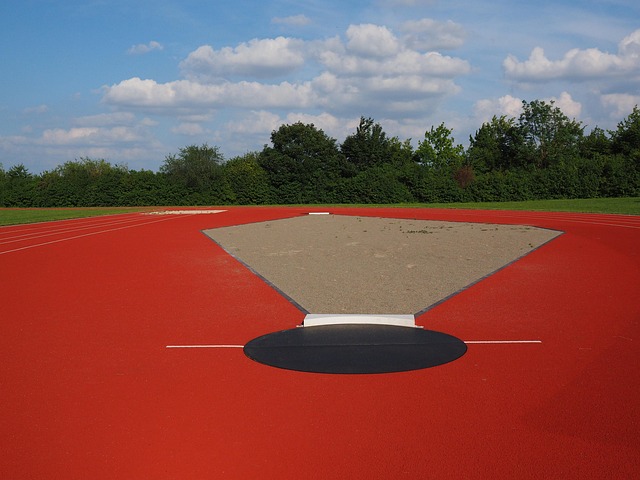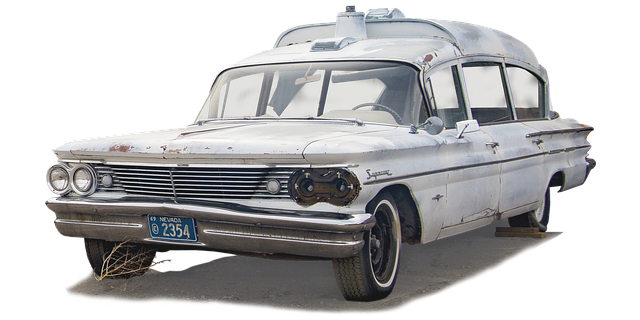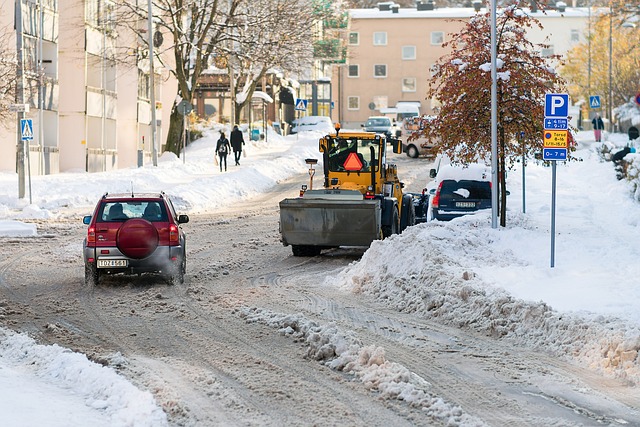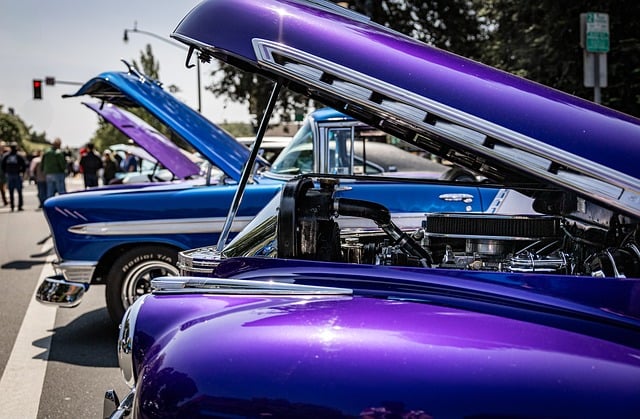Tesla Supercharger compatibility is vital for electric vehicle (EV) owners in urban areas, offering high-speed charging for Tesla models. While not all EVs are compatible, adapters or conversions can enable access to this network. Integration of Tesla Supercharger compatibility into urban infrastructure, through strategic placement and digital signage, enhances user experience, encourages EV adoption, and contributes to a greener future for cities.
“Tesla vehicles have revolutionized electric mobility, but ensuring efficient charging remains a key consideration. In urban settings, understanding Tesla Supercharger compatibility with existing infrastructure is vital for seamless EV ownership. This article explores the dynamics of Tesla Supercharger compatibility in cities, offering a comprehensive guide to urban charging stations and their integration. From identifying compatible locations to maximizing charging efficiency, we delve into strategies to enhance city landscapes, making electric vehicle charging more accessible and convenient.”
- Understanding Tesla Supercharger Compatibility
- Urban Charging Stations: A Comprehensive Overview
- Maximizing Efficiency: Integrating Superchargers into City Infrastructure
Understanding Tesla Supercharger Compatibility

Understanding Tesla Supercharger Compatibility is key to navigating urban charging scenarios for electric vehicle owners. Tesla has designed its Supercharger network with a focus on speed and accessibility, ensuring that compatible vehicles can quickly top up their batteries. The compatibility aspect is crucial as it dictates which vehicles can utilize these charging stations, making it essential for EV (electric vehicle) users to be aware of their car’s capabilities.
Tesla Superchargers are specifically engineered for Tesla models, offering high-speed charging rates. However, not all electric vehicles are created equal when it comes to compatibility. Some third-party manufacturers may offer adapters or conversions for bumper repair and mercedes benz repair, allowing their vehicles to tap into the Supercharger network. This is particularly relevant for urban areas where various makes and models coexist on the road, requiring flexible charging solutions like these to cater to a diverse range of drivers, even when it comes to vehicle dent repair needs.
Urban Charging Stations: A Comprehensive Overview

Maximizing Efficiency: Integrating Superchargers into City Infrastructure
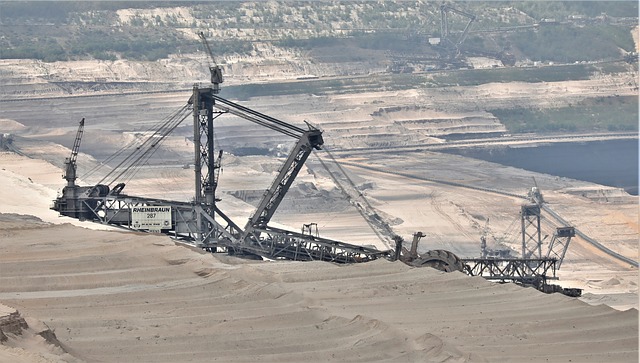
As cities strive to embrace electric vehicles (EVs), integrating Tesla Supercharger compatibility into urban infrastructure is a strategic move for efficient and widespread adoption. These rapid charging stations, designed for Tesla models, offer a solution to range anxiety, making long-distance travel feasible for EV owners. By strategically placing Superchargers in urban areas, cities can maximize accessibility and convenience, encouraging more residents to transition to electric mobility.
The seamless integration of Superchargers into city landscapes goes beyond mere installation. Well-planned locations near public parks, shopping centers, or transportation hubs enhance the overall user experience. Additionally, ensuring these stations are easily identifiable through digital signage and well-maintained can attract a broader range of EV owners, including those visiting from out of town. This network effect contributes to the efficiency of urban charging, fostering a greener and more sustainable future for metropolitan areas.
The integration of Tesla Superchargers into urban areas offers a promising solution for efficient electric vehicle (EV) charging. By understanding the brand’s compatibility standards, cities can optimize their charging infrastructure to cater to the growing EV population. Urban charging stations, when designed with Supercharger compatibility in mind, can significantly enhance the overall user experience, reducing range anxiety and encouraging the widespread adoption of sustainable transportation. This shift towards efficient and accessible charging options is pivotal in shaping a greener future for our cities.


